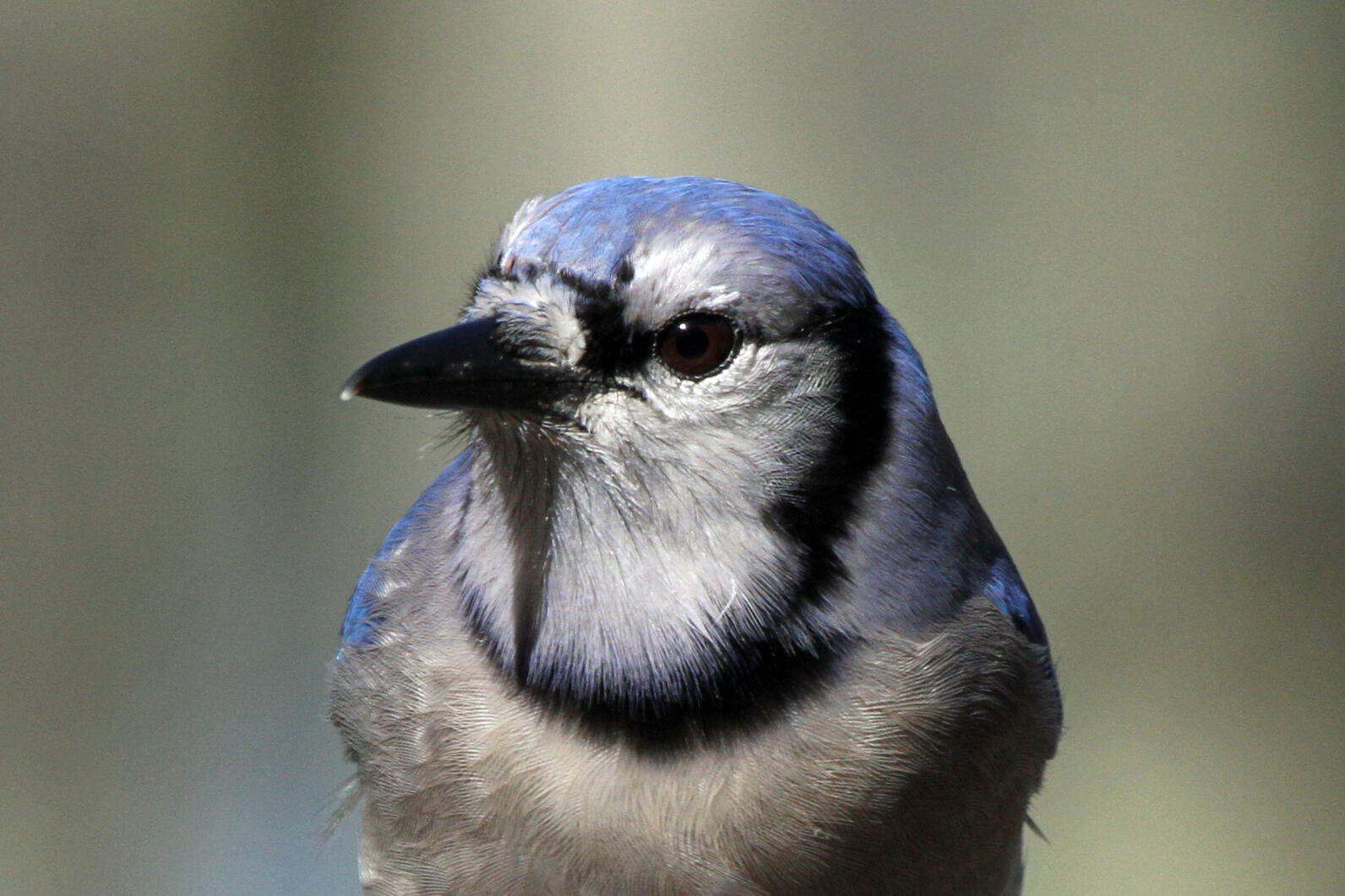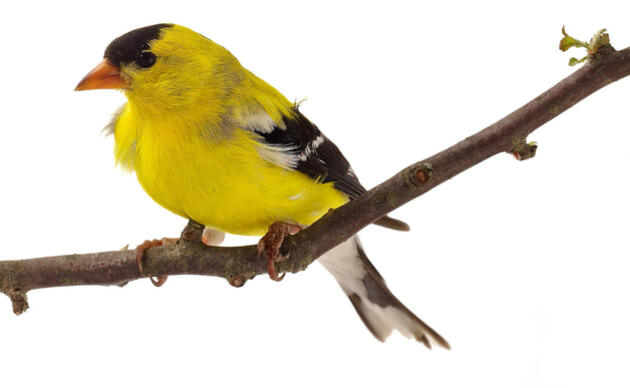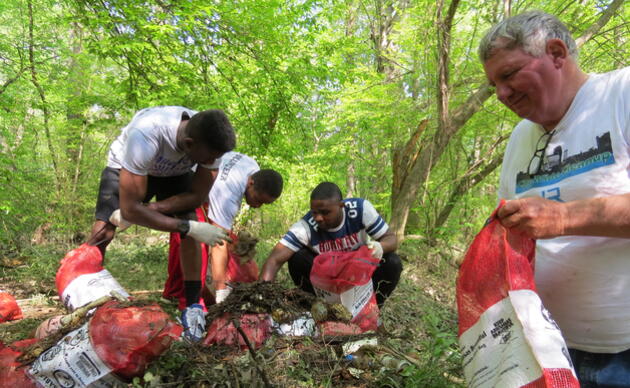Every year, the Audubon Christmas Bird Count (CBC) attracts tens of thousands of volunteers to help count the continent’s birds across more than 2,000 locations. With over 120 years of data, it serves as one of the primary sources of information to understand changes in bird populations. In Louisiana, where we are prone to large, ecologically devastating weather events (i.e., hurricanes), yearly bird counts can help evaluate the effects of these events on local bird populations.
A new study using CBC data from Cameron Parish, Louisiana demonstrated the devastating impacts caused by Hurricanes Laura and Delta that hit southwestern Louisiana in the fall of 2020. The unprecedented one-two punch demolished human communities and infrastructure, reminiscent of the impacts caused by Hurricane Rita just 15 years before. Hurricane Laura, one of the largest hurricanes to ever make landfall in the United States was rated as a Category 4, brought 150 miles per hour winds and a 10-foot storm surge where it made landfall near the town of Cameron, Louisiana. Just 43 days later, Hurricane Delta, a Category 2 with 100 miles per hour winds and a 10-foot storm surge, hit just 12 miles to the east, near Creole, Louisiana.
The study’s lead author, Dr. Erik Johnson, used seven years of pre-hurricane counts from the Creole CBC and compared them against the post-hurricane survey to show substantial losses, especially to resident landbirds. The count following the hurricane, conducted on 3 January 2021, was the first in the count’s 36-year history in which Blue Jays were absent. Other birds absent for the first time in the last eight years included Inca Dove, Red-bellied Woodpecker, Hairy Woodpecker, and Carolina Wren; only a few Northern Cardinals, Northern Mockingbirds, Loggerhead Shrikes, Downy Woodpeckers, Carolina Chickadees, and Common Grackles were noted. “In short, species that were present when these storms hit Cameron Parish are now largely missing,” said Dr. Johnson.

The analysis also showed many species that migrate from northern climates to winter in coastal Louisiana were also down in numbers, or absent, probably from the loss of habitat and food sources. A variety of forest and shrub-loving species, like Ruby-crowned Kinglet, Yellow-bellied Sapsucker, Song Sparrow, and Orange-crowned Warbler, were much lower in numbers. “When we conducted the survey, everything was still brown – burned by the salt, and torn apart by the wind,” said one of the survey volunteers, Charlotte Chehotsky, who personally experienced substantial damage to her home in Lake Charles.
The added effects of green habitat being stripped away alongside a relatively wet fall created an increase of open water areas for birds that prefer this type of habitat. The count volunteers found better than average numbers and a greater variety of shorebirds, waterbirds, and waterfowl, especially those migrating to south Louisiana for the winter. American Wigeon, American Avocets, and Lesser Yellowlegs decorated the otherwise devastated landscape with their flashy colors.
The study’s author anticipates that bird life will eventually recover, just as it did after Hurricane Rita. Even so, the increasing threat of sea level rise and increased storm intensity due to climate change may shorten post-hurricane recovery cycles, and may ultimately have dire consequences on species with already low population sizes, like Black Rails and Red-cockaded Woodpeckers.
Audubon volunteers are already planning the Christmas Bird Count for this coming holiday season, and invite others to join. With nearly 30 Christmas Bird Counts scheduled across Louisiana, there are many ways for people to get involved! To learn more, visit www.christmasbirdcount.org.



